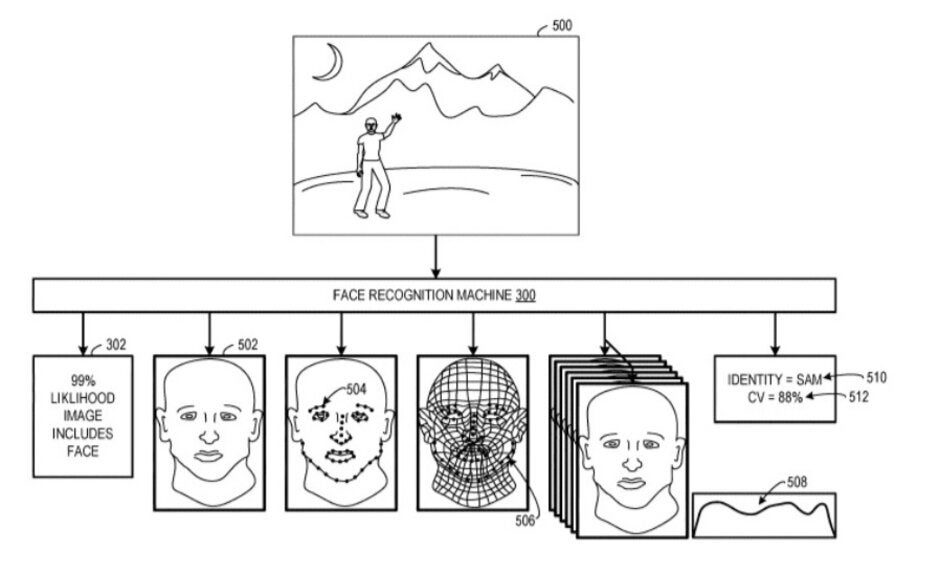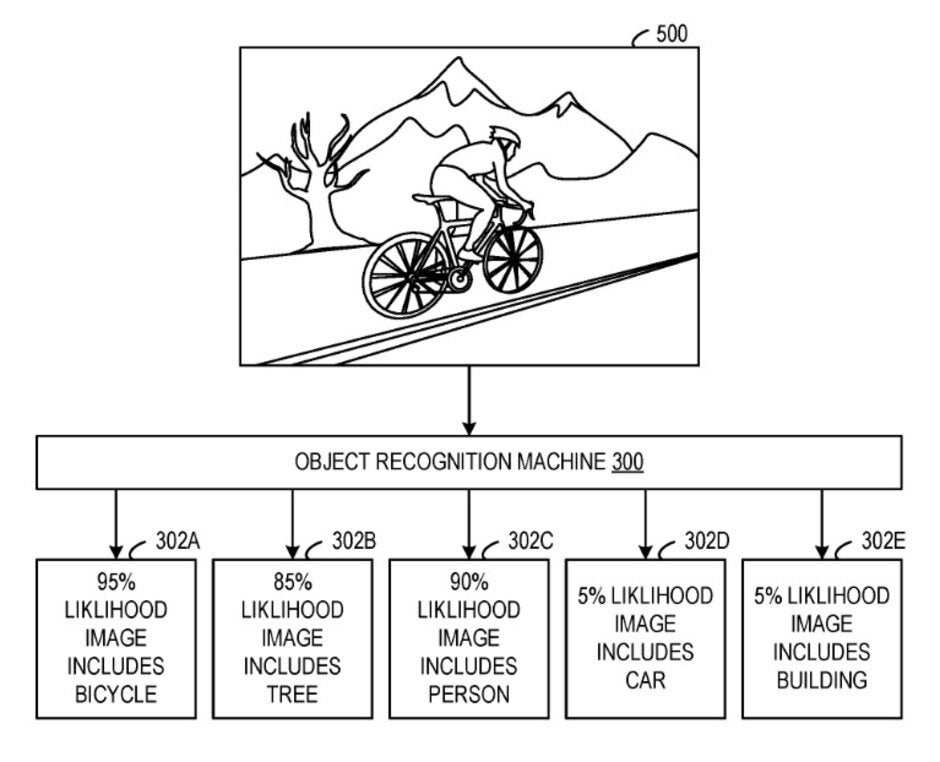Microsoft's Surface Duo and Neo might sport a multi-spectral camera

Have you already forgotten about Microsoft's dual-screened phone and tablet? Unveiled only two and a half months ago, the Surface Duo is Redmond's long-awaited Surface phone powered by Android. And the company certainly left enough bread crumbs for everyone to follow over the last couple of years. The two screens can be used as one larger display, or both can run independently of each other for multitasking purposes. And if Microsoft uses technology it previously patented, the 360-degree hinge will register the position of the two screens and change the UI accordingly. For example, in laptop mode, the Duo would be opened like a clamshell device. The screen on top would act as a laptop screen while the other screen on the bottom would be a virtual QWERTY keyboard.
At the same event, Microsoft also unveiled a dual-screen Windows tablet called the Surface Neo. Both devices are expected to be out in time for next year's holiday shopping season (start saving now). Since the Duo is running Android, Microsoft and Google have been working together on the project, and the dual-screen phone will support a Surface Pen. The prototypes displayed in October had holes in place of an actual camera lens and Microsoft has only said that both devices will have "world-class" cameras.
We might have some idea about what Microsoft is thinking thanks to a new patent application filed by the company last May and published last week (via Windows Latest). The submission, filed with the World Intellectual Property Organization (WIPO) is titled OBJECT RECOGNITION USING DEPTH AND MULTI-SPECTRAL CAMERA. With this technology, a camera system will be able to recognize 2D features on a person's face such as the eyes, nose, and lips. 3D features like the forehead and chin will also be recognized. Convolutional layers, used by neural networks to analyze images, can determine eye colors and find other distinguishing marks like freckles. An Illustration that accompanied the application shows that this camera could be used for facial recognition purposes.
The Surface Duo and Neo are dual-screen devices, not foldables
Multi-Spectral imaging captures image data and information that the human eye cannot detect. The technology has been used by the military to track targets, search for land mines and to intercept missiles. It also can be used to verify historical documents and works of art, and help forecast the weather.

A multi-spectral camera can be used for facial recognition...
We should point out that both the Surface Duo and Surface Neo are not foldables like the Samsung Galaxy Fold or the Motorola razr. The Duo is similar to the ZTE Axon M in that regard, and there will be a viewable separation between the two screens. Microsoft is touting the device as a productivity tool and there could be quite a few changes made before it and the Neo are officially launched next year. Also, keep in mind that there is no guarantee that either device will feature a multi-spectral camera. Companies like Microsoft often file patent applications for new technologies that never end up used in a product.

...and can also recognize objects
The Surface Duo will be Microsoft's first Android phone. The company owns several patents that allow it to collect royalties on the sale of Android handsets. These patents allow for faster loading of web pages without images and cover the technology that keeps mobile apps up to date about the device they are installed on. And Microsoft has a patent covering the Exchange ActiveSync protocol that allows users to sync calendars, email, and documents from their desktop to mobile.
Microsoft's own Windows Phone 10 lost support from Microsoft just last week, on December 10th. While those of you still using a Windows Phone 10 handset will still be able to use it, there will be no more updates from Microsoft. Additionally, users will not be able to back up their phones.










Things that are NOT allowed: